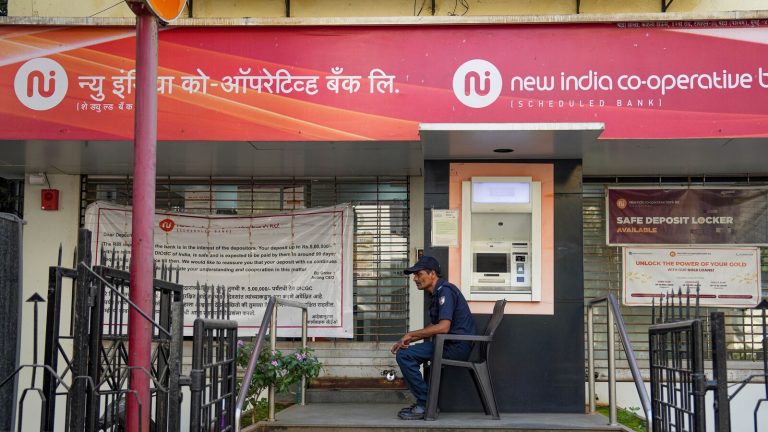The Reserve Bank of India (RBI) on Monday allowed depositors to withdraw up to ₹25,000 from New India Cooperative Bank, over a week after it stepped in to dissolve its board on the back of “supervisory concerns”.
“The Reserve Bank, after reviewing the bank’s liquidity position in consultation with the administrator, has decided to allow a deposit withdrawal of up to ₹25,000 per depositor, with effect from 27 February 2025,” it said in a statement.
Cash crunch relief
RBI said that with this relaxation, more than 50% of the total depositors will be able to withdraw their entire balances, and the remaining depositors can draw up to ₹25,000 from their deposit accounts.
“The depositors may use the branch as well as the ATM channel of the bank for this withdrawal, however, the aggregate amount that can be withdrawn will be ₹25,000 per depositor or the balance available in their account, whichever is lower,” it said.
Read more: Cooperative bank crisis: Has anything changed since PMC’s plight in 2019?
RBI has also reconstituted the committee of advisors to the administrator, effective 25 February. The committee now consists of Ravindra Sapra, former general manager, State Bank of India; Ravindra Tukaram Chavan, former deputy chief general manager, Saraswat Co-operative Bank Ltd; and Anand M Golas, a chartered accountant.
“The Reserve Bank is closely monitoring the developments and shall continue to take necessary steps in the interest of the depositors of the bank,” it said.
On 13 February, RBI placed the lender under restrictions and directed the bank not to allow withdrawals from savings, current or any other deposit accounts. While directing depositors to bank officials and India’s banking deposit insurance provider on how to claim their insurance payments against deposits of up to ₹5 lakh, RBI said the restrictions should not be seen as a cancellation of the bank’s licence.
The bank held deposits of ₹2,436.4 crore as of 31 March 2024 versus ₹2,405.9 crore a year earlier, according to its annual report. About 67.2% were fixed deposits, 27.9% were savings deposits, and the rest were current accounts. Loans fell 11.7% on-year to ₹1,174 crore. Capital adequacy was 9.1% in FY24 against the required 10%. It has not met the minimum level for two fiscals now.


